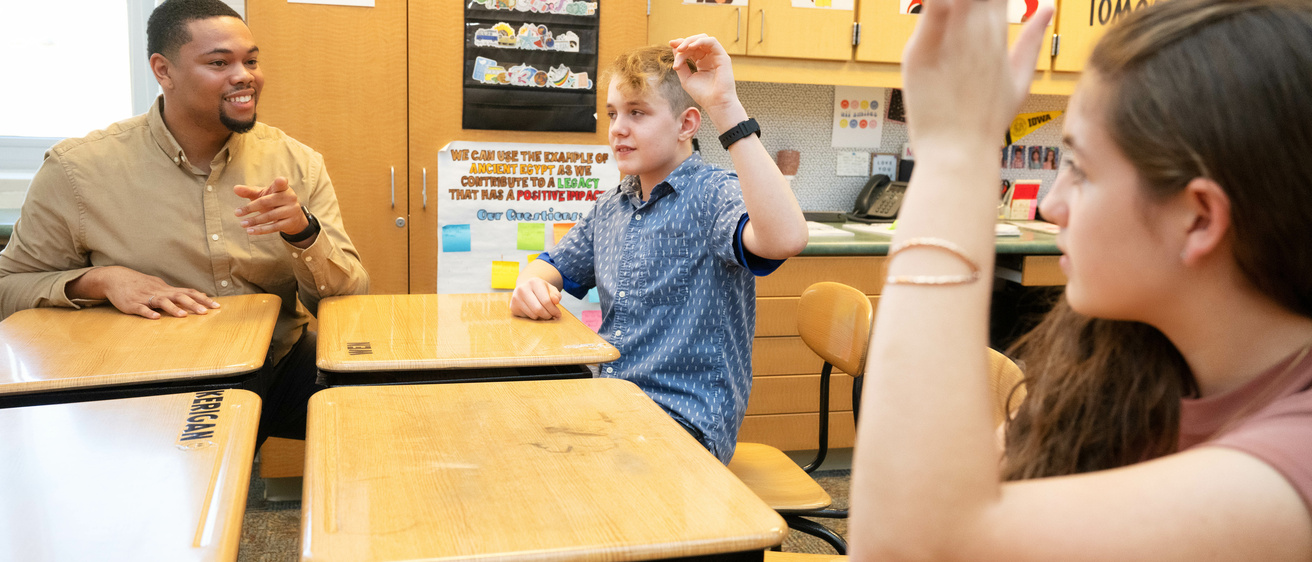School climate is a broad concept representing the academic and non-academic factors that distinguish the felt experience of interactions with a school campus. While a single representative definition of school climate has eluded practitioners, several systematic reviews have identified four composite domains that can support assessment, planning, intervention, and evaluation activities (Lenz et al., 2021; Rocha et al., 2019; Wang & Degol, 2016).
Investments in school climate are certainly worthwhile as researchers continue to find promising associations with academic achievement (Daily et al., 2019), graduation rates (Buckman et al., 2021), college-going and persistence (Knight & Duncan, 2020), reductions in physical, emotional, and cyberbullying behaviors (Acosta et al., 2019), positive student and teacher mental health (Dreer, 2022; Wang et al., 2020), teacher job satisfaction and retention (Casely-Hayford et al., 2022; Otrębski, 2022), and civic engagement (Torney-Purta, 2002).
In this practice brief, Dr. A. Stephen Lenz highlights five interconnected strategies to help nurture positive learning environments where all students feel safe, supported, and primed to succeed.
